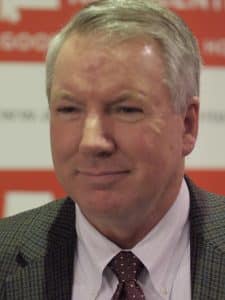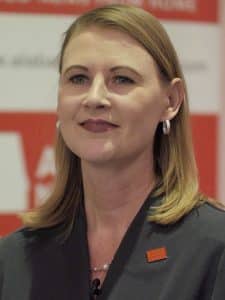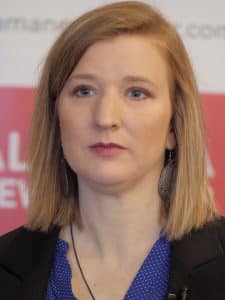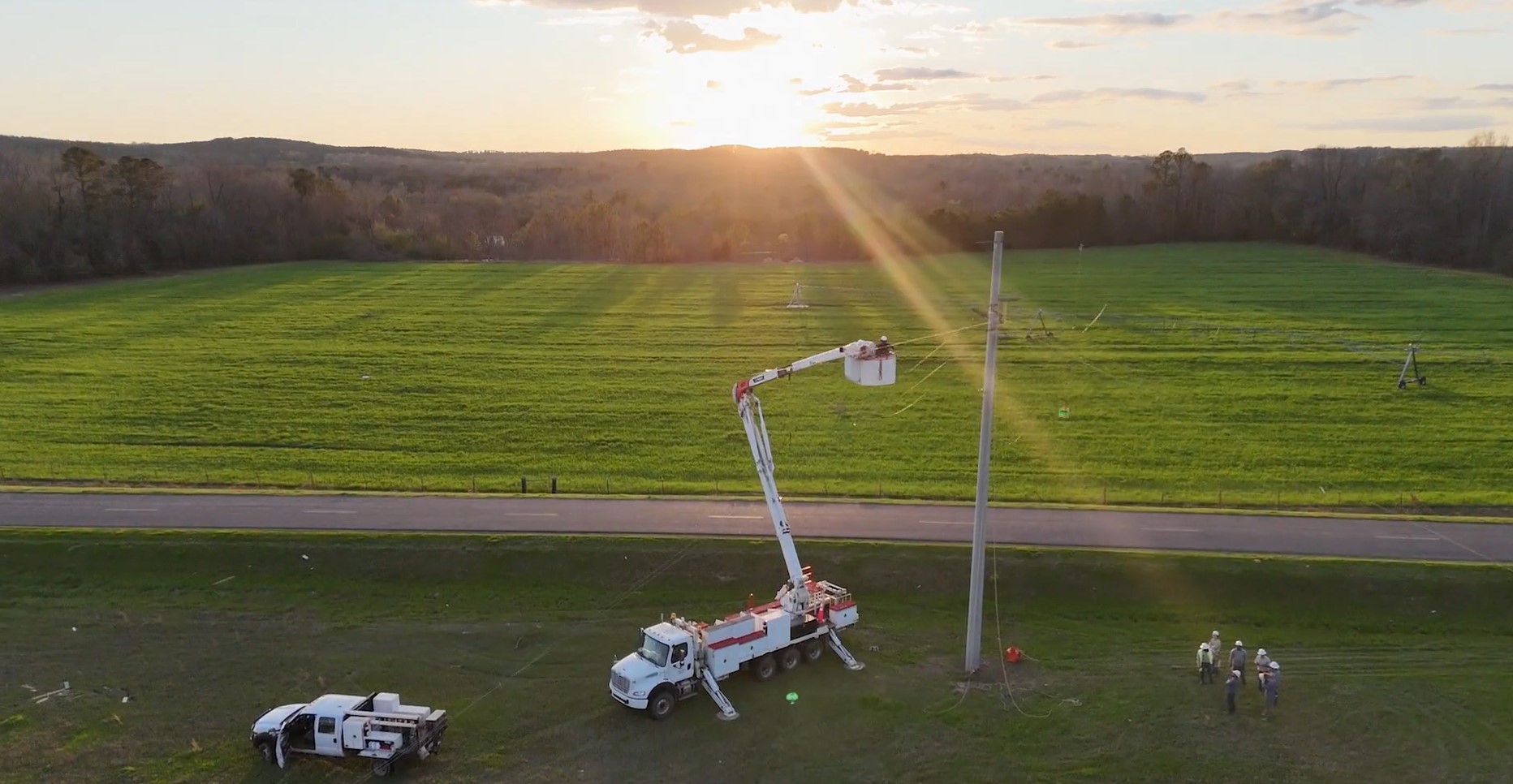Developing rural Alabama more than a dream

A new statewide effort is underway to recruit more businesses and jobs to rural areas of Alabama. (Dennis Washington / Alabama NewsCenter)
For Bryant Whaley, his job as executive director of the Randolph County Economic Development Authority is simple.
“If I can have one less person going to Georgia for a job that is in Alabama, that’s a success to me,” Whaley said. “I have about 5,500 going out and about 1,500 coming in. A lot of mine go to Georgia, and they spend a lot of time there eating and shopping. If I can have one less person working in Georgia and they’re working in Randolph County or Cleburne or Clay, that’s a success to me, because that means money is staying in Alabama and that’s what’s important.”
EDAA takes regional approach to rural economic development from Alabama NewsCenter on Vimeo.

Bryant Whaley (Dennis Washington / Alabama NewsCenter)
For years, Whaley has attempted to do this by himself, but thanks to the Economic Development Association of Alabama’s (EDAA) Rural Development Initiative, Whaley is getting the support and training he needs to turn his economic development dreams into a reality.
“It’s gone really well,” Whaley said. “A lot of times in economic development, you can’t see the forest for the trees, or you see the same thing over and over, so getting someone to come in with a different perspective — it’s been very enlightening because everybody’s bought in, they’re very positive and we’re really looking forward to how things are going to go.”
Whaley shared his experiences with other economic developers at the EDAA’s Rural Development Conference Jan. 29-30 in Montgomery. The EDAA’s Rural Economic Development Initiative is led by Brian Hilson, rural development strategist for the EDAA, who led a panel discussion about the program with Brenda Tuck, rural development manager with the Alabama Department of Commerce, and Bevin Tomlin, economic and community development manager with Alabama Power. Hilson told the audience the EDAA’s rural development strategy is different from those in other states, because of its deliberate focus on developing rural areas by region instead of cities, counties or the entire state.

Brian Hilson (Dennis Washington / Alabama NewsCenter)
“Regions that are successful in economic development have a plan,” Hilson said. “There are a lot of good things going on in rural Alabama, but we have tremendous resources that in many cases need better preparation, and the best way to do this is to approach it regionally.”
The initial phase of the EDAA’s Rural Economic Development Initiative launched in 2019 with 17 of the state’s 40 rural counties being divided into five regions, each comprised of three or four counties.
- East-Central (Clay, Cleburne and Randolph)
- Southwest (Choctaw, Clarke, Washington and Wilcox)
- Southeast (Barbour, Bullock and Henry)
- Northwest (Franklin, Lawrence and Winston)
- West-Central (Hale, Marengo, Sumter and Greene)
Hilson says his team is helping each region develop a strategic, unified growth plan, a process that will take 3-4 months, followed by execution guidance.
“They have to be prepared in terms of workforce, organization, policies and transportation,” Hilson said. “They have a plan that causes them to be prepared in order to be more aggressive, proactive and ultimately successful in economic development.”
Hilson said EDAA began working with the East-Central Region in November 2019, with project starts scheduled to begin in the other four regions at staggered intervals this year. He says the initial feedback has been positive, especially in terms of cooperation among the city and county leaders in each region who see the value in working together.
“They are enthusiastic about it,” Hilson said. “Grant applications, for example, are much more effective when they are pursued regionally. Transportation planning, same thing. No community has its own workforce that doesn’t travel to other places of employment. The regional hurdle was one we had a potential question about. It’s been a very pleasant surprise.”

Brenda Tuck (Dennis Washington / Alabama NewsCenter)
Tuck says rural leaders are also excited to see unprecedented support from state leaders and state agencies.
“They are excited as much as we are that there is so much momentum now to help them,” Tuck said. “It’s a new day at the state where this is not just a focus, but now there’s an execution of plans to do something bigger and different than we’ve done in the past, which can bring about new opportunities for all of these counties.”
Tuck says 18 countries have invested in rural Alabama, but for that number to grow, everyone must do a better job of working together. She says the Alabama Department of Commerce is doing its part by helping rural economic developers prepare for site visits, list available sites and buildings on the Economic Development Partnership of Alabama (EDPA) database and schedule workforce summits.
“We’re pushing out a lot of things to get them ready to compete for projects,” Tuck said. “I’m excited to be a part of that.”

Bevin Tomlin (Dennis Washington / Alabama NewsCenter)
Tomlin says assisting cities and counties with economic development does more than create jobs.
“When your downtowns are revitalized, when your communities are prepared for growth, you are able to attract a population that wants to live in your communities, which then develops a workforce,” Tomlin said. “So when an economic development project looks at the state, you’ve got more communities that are able to raise their hand and say, ‘Hey, I’ve got what you are looking for.’
Hilson agrees, saying the “ultimate payment in economic development, anywhere — rural or otherwise, is an enhanced quality of life for the people who live there.”
“We’re raising the bar of rural Alabama,” Hilson said. “The awareness of issues and the appreciation of rural Alabama as an asset — not only to those rural counties and their regions, but also to the entire state, is important. In other words, what’s happening in Huntsville, for example, is important to Birmingham and Abbeville, but what’s happening in Abbeville is important to Birmingham and Huntsville, too.”





